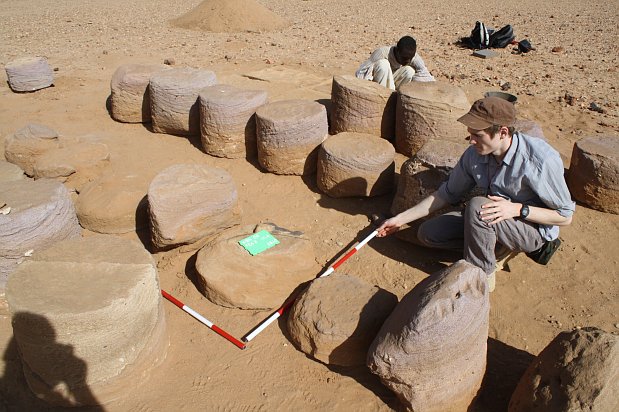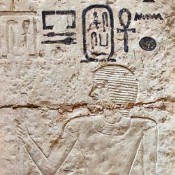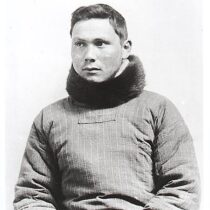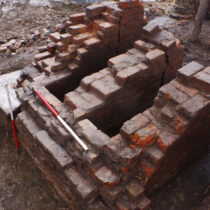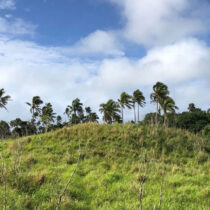Czech archaeologists have found a long lost temple from the Meroe period near the town of Vad Bon Naga in Sudan, Pavel Onderka, from Prague’s Naprstek Museum of Asian, African and American Cultures, told journalists yesterday.
The large temple compound is situated 130 km northwards of Khartoum. European travellers saw the remains of the temple in the early 19th century but then the temple disappeared in the desert, said Onderka who leads the Czech archaeology expedition.
He said the Czech expedition revealed a signet ring with a picture of Nubian Lion god Apede-mak, a statuette of the originally Egyptian god Osiris, a stone with a Meroe hieroglyphs and parts of sandstone blocks.
Czech archaeologists have been working in the Vad Bon Naga locality for three seasons.
In the Meroe Kingdom period, from the 4th century B.C. to the 4th century A.D., the site hosted one of the ancient Nubia’s biggest towns, Arabikeleb. Around the turn of the millennium, a big palace and at least five temples were built in the town with 25,000 inhabitants.
Czech archaeologists previously uncovered a palace belonging to Queen Amanishakheto, who ruled in the 1st century B.C. In the past season they continued the conservation and restoration works in the palace, which is the best preserved of all Meroe-era palaces.
The Sudanese expedition is a continuation of the long tradition of Czech archaeological and etnographic research in the Nile Valley.
Apart from conducting research, Czech archaeologists in Sudan have established contacts with local inhabitants. They mediated a partnership between Van Bon Naga and the Czech town of Otrokovice. They also help support local schools.
They originally wanted to build a well in Vad Bon Naga but concluded that the plan was unfeasible due to the local geological conditions. As a result, they decided to build waterworks to provide drinking water. The locality lacks drinking water and people use water from the Nile.
